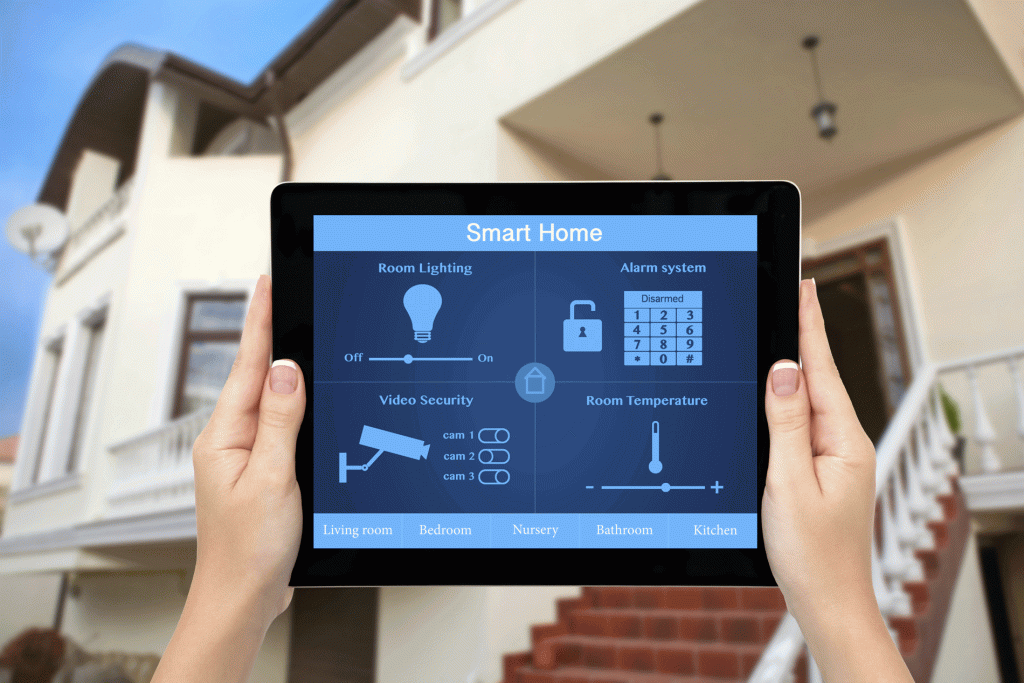RELATED
Designed and Built to Change
Boomers and millennials want smart, adaptable, high-performance homes that can last a lifetime.
The Future of Housing
The home building industry needs to change quickly in order to survive, says IBACOS partner Michael Dickens.
While we’re just getting our feet wet with connectivity, we believe that it presents one of the greatest opportunities to advance home performance. To date, whole house system design has allowed builders to optimize performance by looking at the major systems in the house independently (the enclosure, HVAC, water, lighting, and appliances) and adjusting designs and construction based on how the systems work together (i.e. right-sizing HVAC). Once a house is built, our ability to impact performance is limited.
By adding a central “brain” to the mix and allowing systems to talk to each other and the homeowner, connectivity will help us take home performance to the next level. We’re already seeing exciting advances such as alarms triggering “away” settings for lighting and HVAC, smart thermostats, daylight-triggered window shades, fingerprint-enabled door locks, stovetops that turn themselves off when not in use, sensors that help us track activities of aging loved ones, and a variety of apps for us to monitor and control things at a distance.
There’s no
reason that we can’t make every aspect of the home perform better through
connectivity. Some ideas include:
- Transforming other components of the house into energy collectors – harnessing solar heat gain from windows and siding and channeling it into heat or electricity.
- Using motion sensors to reduce water flow in showers when a homeowner is not directly using the showerhead.
- Providing sensor-activated ventilation that removes contaminants (i.e. humidity, smells from cooking) and provides fresh air as needed.
- Monitoring water intrusion around windows and doors and alerting the homeowner or builder to potential leaks before real damage is done.
- Supplying just enough power (by default) to maintain settings on TVs, clocks, and other devices not in use, with outlets that sense what’s plugged in and adjust energy availability accordingly.
- Generating and sharing not only solar power, but also recycled water, at the community level.
With Millennials and boomers emerging as the top two housing markets for the foreseeable future, connectivity will be the new tipping point in home sales. Millennials have grown up on connected technology and expect the convenience and accessibility it offers, while boomers have money to spend and are looking to stay active and independent in their homes as long as they can. Connectivity will enable both groups to live how they want to.
Ultimately,
connectivity will allow us to continuously improve performance of even the most
well-built homes and enhance home buyers’ quality of life – long after the keys
are delivered.



